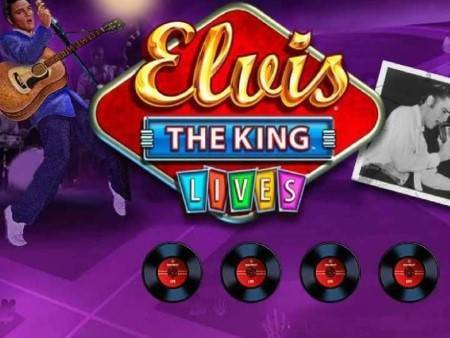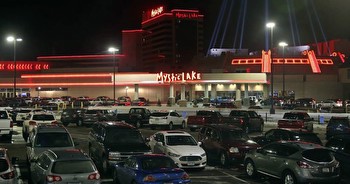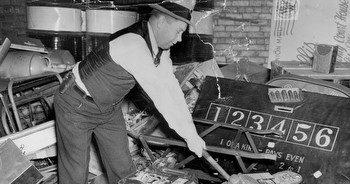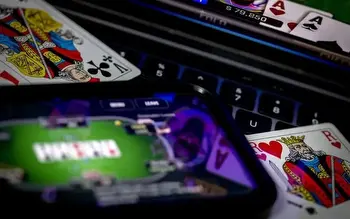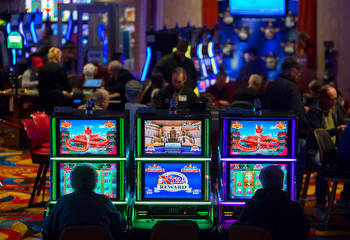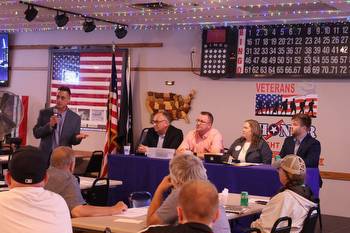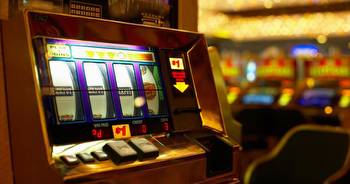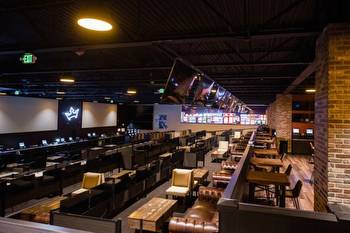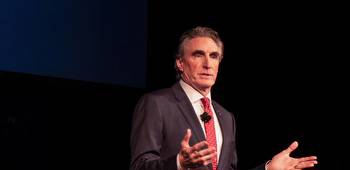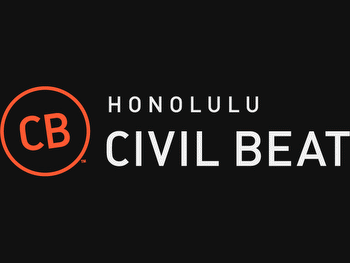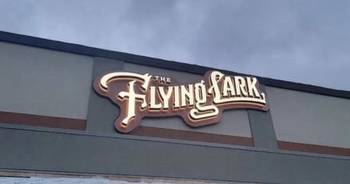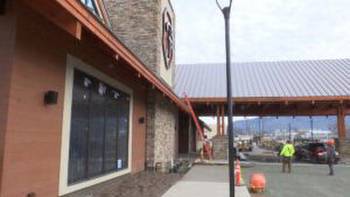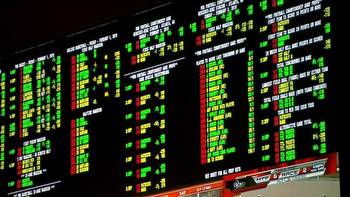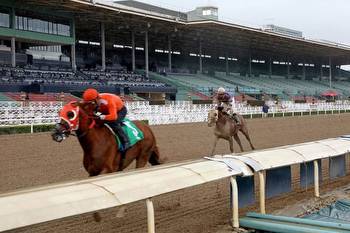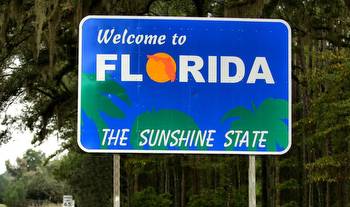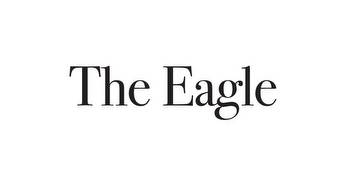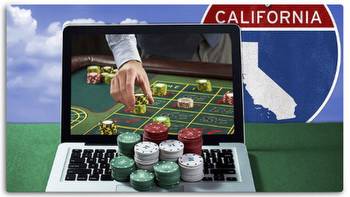A Timeline of Gambling in Minnesota
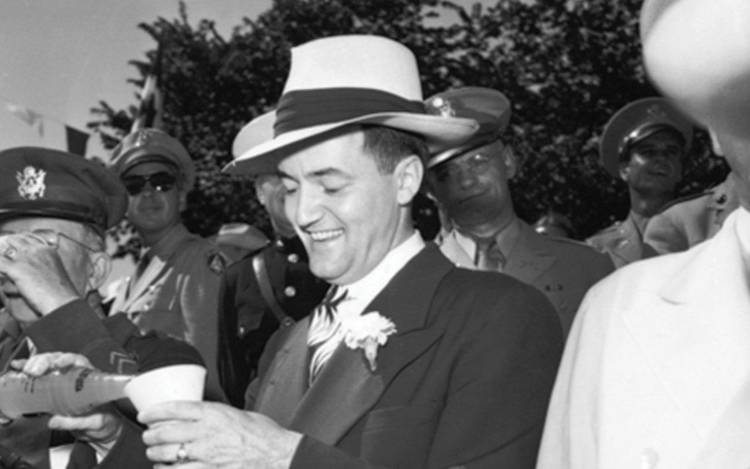
Native people wager beaver pelts on games of chance like bagesewin, where small pieces of wood, bone, or brass are stained black on one side, bright on the other; placed in a bowl or tray; and thrown into the air.
1857
Although officially banned, gambling is rampant across the territory. And when the Minnesota Constitution is drawn up, an anti-gambling clause common to mid-19th-century governing bodies is included: “The legislature shall not authorize any lottery or the sale of lottery tickets.”
1875
The riverboatFanny Harris is frequented by the gambling quartet of Bill Mallen, Bill and Sam Dove, and Napoleon Bonaparte “Boney” Trader, who dress up as different characters and mark cards to con victims on the Upper Mississippi.
1920
The Hamm Building’s basement becomes the site of a notorious gambling club. The operation is fronted by Harry Reed, the outwardly respectable president of the St. Paul Recreation Company.
1935
Leo Hirschfield founds Athletic Publications Inc. out of a cigar shop on 4th and Hennepin, and his predictions become known as the “Minneapolis Line.” Hirschfield’s three handicappers analyze upcoming games and send their predictions to bookies all over the country.
1945
The “Minneapolis Combination,” a gambling syndicate, breaks up when Marvin Kline, backed by David Berman, loses the mayoral election to Isadore “Kid Cann” Blumenfeld’s candidate, Hubert Humphrey. Berman moves to Vegas, while Blumenfeld’s casino operations flourish under Humphrey.
1946
One year after the legalization of bingo, a fire-breathing pastor by the name of Luther Youngdahl promises to rid the state of prolific slot machines, AKA “one-armed bandits.” He’s elected governor.
1961
Jackie Gleason portrays the pool hustler “Minnesota Fats” in The Hustler opposite Paul Newman. Rudolf “New York Fats” Wanderone claims the character is based on him: “I made up Minnesota Fats as surely as Disney made up Donald Duck.” Which is exactly what a hustler would say.
1963
The state legislature exempts private “social gambling”—making it possible to hold poker nights in your own house, so long as you’re not charging a rake and nobody is walking away with more than $200.
1976
The Supreme Court agrees to hear Russell and Helen Bryan’s tax case disputing a $148 bill on their Squaw Lake trailer on the Leech Lake Reservation. The Bryans win, setting a legal precedent that paves the way for Native councils to eventually open casinos on their sovereign reservation lands.
1985
Fifteen thousand racing fans descend on Canterbury Downs for the opening of the new horse track in Shakopee. An English-bred horse named Faiz wins the first race. Management is mildly disappointed, though, as only $867,827 is wagered, which is short of their million-dollar goal.
1989
Rudy Perpich signs the first of several compacts with Native tribes. Cementing the momentum that began more than a decade earlier with the Bryan verdict, Minnesota is the first state to agree to the establishment of casinos on tribal lands.
1990
After 57 percent of Minnesota voters approve a referendum for a state lottery, the first tickets for a Match Three game are sold at gas stations.
2012
A billion-dollar Nordic spaceship of a Vikings stadium is funded partially by electronic pull tabs. And who’s luckier than Vikings fans? Don’t answer that.
2022
Odds are strong that a new sports betting law will be passed by the end of the legislative session. It’s the one vice that uptight Minnesota lawmakers consistently talk themselves into allowing.







